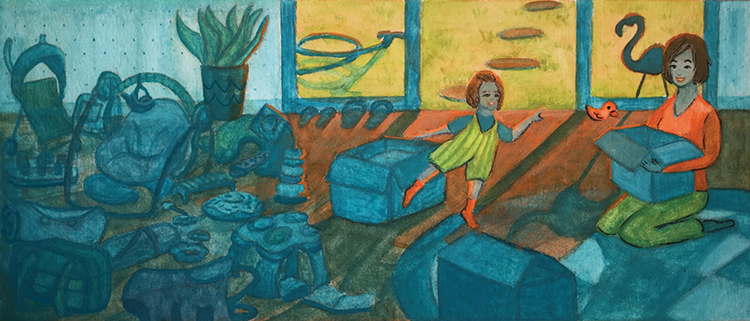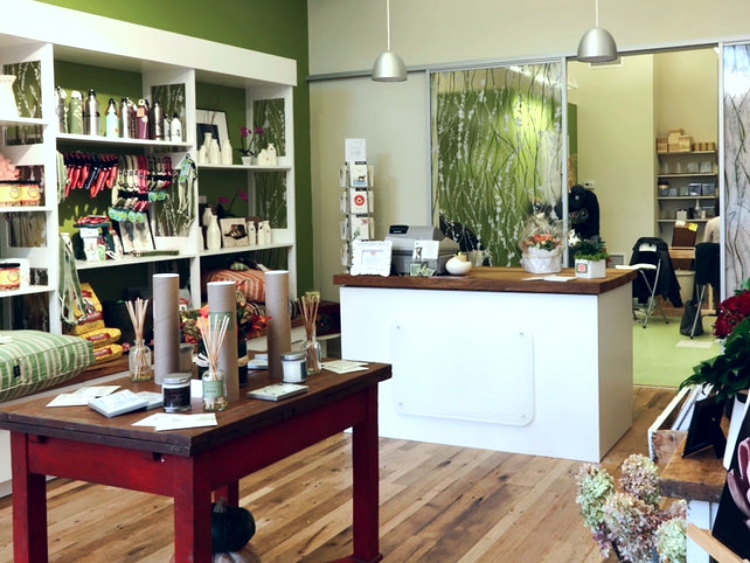Pondering Philadelphia’s resilience in the aftermath of Hurricanes Harvey and Irma
By Sam Boden
Every day, I walk the cement patchwork of the city’s streets and sidewalks, navigating the bumps and cracks of the well-worn roads that make up our neighborhoods. I have seen the ways water gathers in the streets after a heavy rain and, through working with the Philadelphia Water Department, witnessed firsthand how Philadelphia has been managing stormwater with green spaces. I’m proud to be part of the city’s work.
Watching the aftermath of Hurricane Harvey, in which America’s fourth-largest city was left underwater, closely followed by devastation in Florida from Hurricane Irma, I was struck by just how precarious our urban situation is—how quickly a storm becomes a flood, and a flood becomes a catastrophe.
I have always viewed cities as bastions of power and success; fortresses that are not vulnerable to the elements. Of course, there is always a threat from extreme weather—cities are not immune to wind and water—but I have always believed in the oft-touted “resilience” of these cities. I always assumed that they were prepared to weather the worst storms.
It was not until recently that I came to terms with the fragility of our urban ecosystems: We are as vulnerable in our wood and concrete and glass structures as any other creature is in their den. The photos of Houston’s famed sprawl returned overnight into an urban delta, entire island communities flattened, and the Southeast U.S. overwhelmed by storm surge should remind all of us that there is no real distinction between the “natural” and “built” environments—all are subject to the same forces, standing on the same earth. And the earth is changing.
As a young person, just starting my career, I am inheriting a new world—one defined by more droughts, storms and heat than my ancestors, and those changes have multiplied previous threats and upended our models and predictions. While debates rage in governments around the world about the costs of adaptation and mitigation, I am left wondering: How do we move forward in the face of such an alarming future?
It’s tempting to play the blame game, to accuse everyone else of ignorance about the causes of climate change. But we have all, through our consumption habits, played a role—we’ve collectively allowed for the devastation of cities like Houston and states like Florida.
I cherish the stories of people who recognize the threats from climate change and realize that the onus is on them—and all of us—to fight back and prepare well. I have faith in the power of voices raised together to change course, and I find hope in the engagement of others in my generation.
Supporting the use of green infrastructure for managing stormwater, attending local planning meetings, encouraging decision makers to act responsibly and changing our own behavior are some of the ways that we can effect change. Watching the recent hurricanes unfold was a wake up call for me, and I desperately hope it was for others. Our days of sleepwalking through our current reality should be over. The ability to safely traverse our city’s streets depends on it.
____________________________________________________________________________
Sam Boden is an AmeriCorps VISTA with the Philadelphia Water Department, working on its green infrastructure initiative, Green City, Clean Waters.












Well written, Sam. You are right that we must act responsibly and realize that our behaviors collectively have to change in order to better our world – not just for us but for future generations as well.